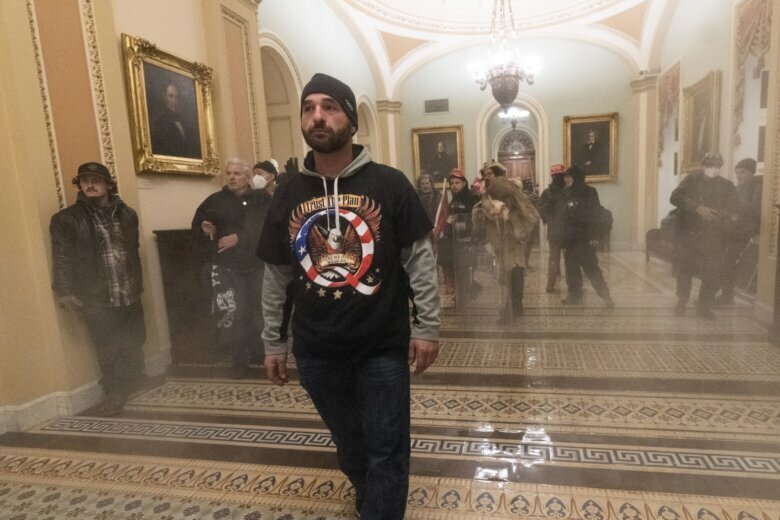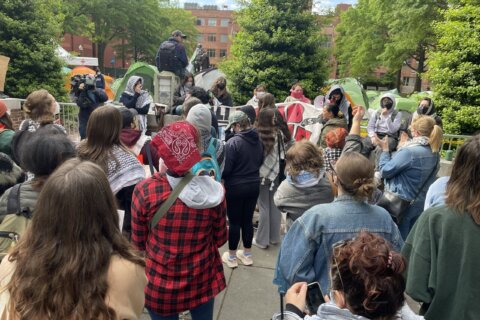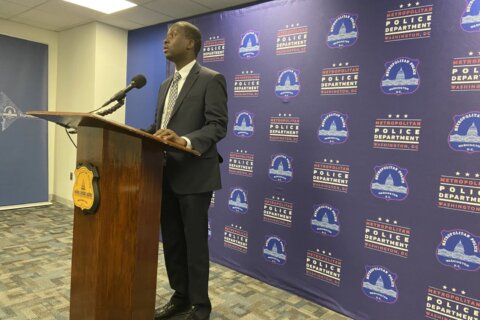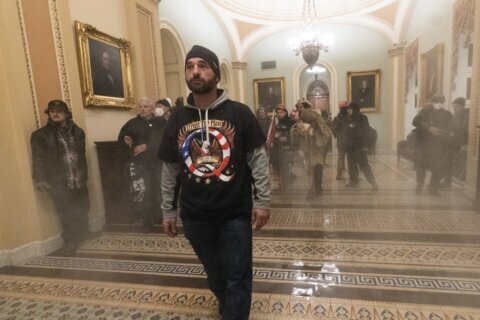
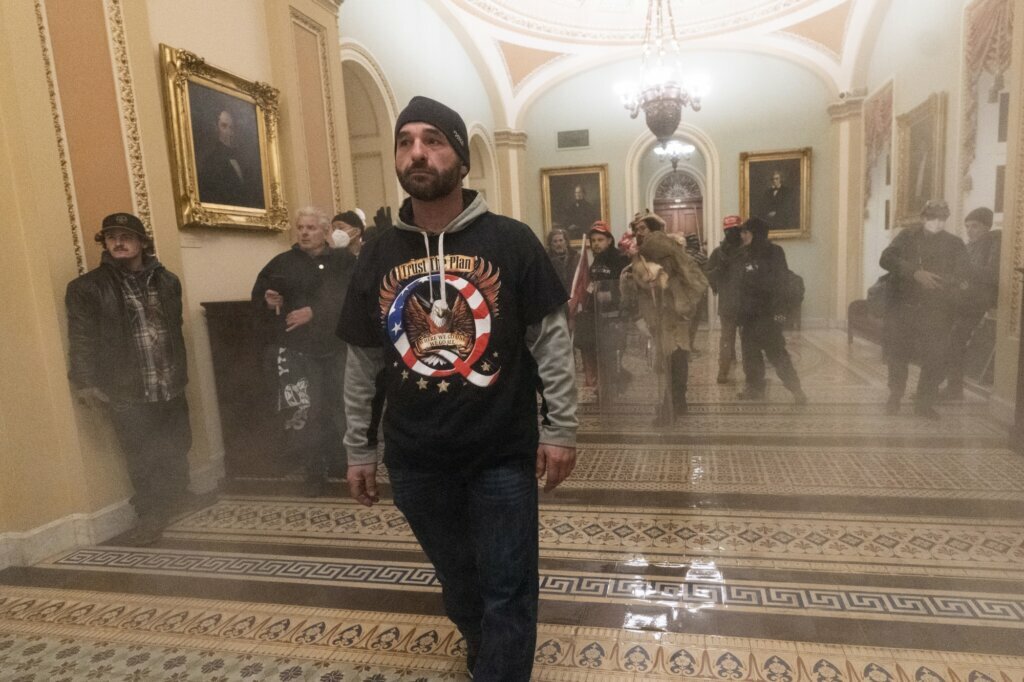
(EDITOR’S NOTE: The article has been updated to reflect the correct year Kim Dine retired as chief of the U.S. Capitol Police.)
With images of hundreds of rioters freely walking the halls of the U.S. Capitol on Wednesday — sitting in offices of elected lawmakers, stealing items and leaving the seat of American democracy without being arrested — seared in the nation’s collective memory, D.C.’s acting U.S. attorney said prosecutions will be more challenging.
In a call with reporters Thursday, Acting U.S. Attorney for D.C. Michael Sherwin said: “I’m not going to play Monday morning quarterback, but the scenario has made our job difficult.”
No law enforcement source, including from U.S. Capitol Police, has detailed why officers chose not to use zip ties on rioters that they observed as the chaos was taking place.
Typically, from observing decades of protests in D.C., mass arrests require significant law enforcement crews and coordination, neither of which were present as rioters pillaged “The People’s House.”
“Mass arrests do take a lot of people; they are personnel intensive,” said retired U.S. Capitol Police Chief Kim Dine, speaking generally, and not about Wednesday’s response.
“With Capitol Police, and frankly any police agency, lives always come first, everything is secondary to that.”
Dine retired as chief in 2016 after years as assistant D.C. police chief, and serving as chief in Frederick, Maryland. He was a part of the monthslong investigation into the police response in Charlottesville, Virginia, at the deadly 2017 white nationalist rally.
“That’s what has to happen here,” Dine said. “This is going to have to be dissected, literally frame by frame.”
On Wednesday, Capitol Police were overwhelmed and not prepared with backups to deal with the possibility of President Donald Trump’s supporters breaking into the building.
Former U.S. Capitol Police Chief Terrance Gainer told WTOP he was “sickened” by watching the unrest, and former D.C. police Chief Charles Ramsey said U.S. Capitol Police “failed the country.”
By Thursday afternoon, U.S. Capitol Police Chief Steven Sund said he would resign next week.
Though specifics of police priorities in securing members of Congress and staff, protecting the Capitol building, and immediately arresting rioters likely won’t be known until ongoing investigations and possible congressional hearings are held, Sherwin said prosecutions will be more daunting, since hundreds of suspects just walked away.
Officers escorted and protected members of Congress and their staff to safety.
Once the chaos ended, Sherwin said prosecutors began making their cases.
“We have to go through video footage to try to identify them, then charge them and then try to execute their arrest,” Sherwin said. “That has made things challenging.”
By Thursday, Sherwin said his office had brought 55 cases.
In anticipating requests to compare and contrast the pursuit of justice in the U.S. Capitol riots with last summer’s racial justice protests, he provided numbers: “Over 36 weeks, from spring to fall, we charged roughly 174 cases in the District, criminally,” Sherwin said. “Over 36 hours, we’ve already charged 55 cases.”
“I’m just trying to give you a comparison to how aggressive and seriously we’re taking this,” Sherwin said, adding that investigations aren’t only focused on criminal activity inside the U.S. Capitol.
More serious charge are possible, including insurrection and seditious conspiracy, Sherwin said.
Investigators will consider the roles of people at the rally preceding the U.S. Capitol siege at which speakers, including Trump, urged the crowd to fight.

